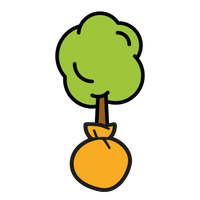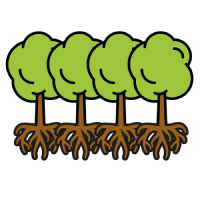As it is pot grown, you can easily leave the plant to in its pot for a few days/weeks before planting it. Just make sure you keep the plant well-watered, and it gets enough sun. Don't leave it for too long, however, as you don't want the roots becoming root bound.
Pruning your Pyracantha Red Berries is not necessarily needed, unless you are wanting to keep it a certain height/shape- which if you are growing it as a hedge, this is usually the case.
When you first plant your Pyracantha, the plant should be left for a couple of years, so that a good root system can establish. Pruning must be done at the right time, because if not, it could easily impact the flowering and fruiting system in the following year.
The best time to do any pruning is at the end of the flowering in the late Spring. You must also ensure you maintain a good airflow around the shrub, as you do not want any diseases getting into your Pyracantha. To ensure this does not happen, make sure the centre does not get overly dense- trim some outer stems away. Do not hard prune- it will make it harder for the plant to recover and be effective/productive.
















